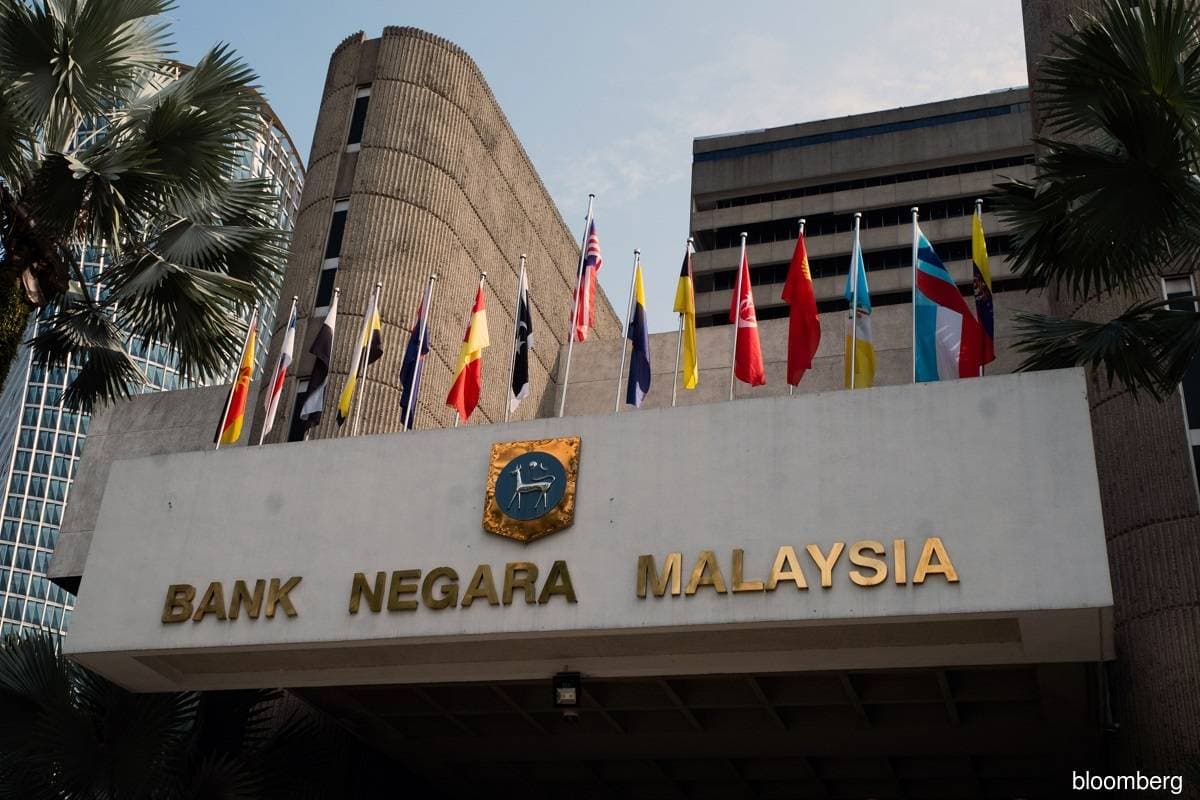
KUALA LUMPUR (May 11): Bank Negara Malaysia's (BNM) decision to increase the overnight policy rate (OPR) took economists by surprise, as many did not expect the key policy rate to be hiked up so soon, even though they had anticipated rate normalisation this year.
The central bank instituted a 25-basis-point (bps) hike to the key policy rate to 2%, after keeping the rate at a record low of 1.75% since July 2020. It cited global inflation risks from the sharp rises in commodity prices, supply chain disruptions and strong demand as factors prompting its decision.
Notably, the rate hike came amid weakness in the ringgit in part due to the economic slowdown in China.
Since end-April, the ringgit has depreciated by 3.5% against the US dollar, and was trading at 4.3785 at the time of writing.
OCBC Bank economist Wellian Wiranto was surprised by the central bank's move as he had initially expected the OPR to be raised at the next Monetary Policy Committee meeting in July based on the "tame" inflation rate.
"Alas, the stickiness of global inflationary pressures — which have 'increased sharply' in its view — together with its confidence in the 'firmer footing' of the domestic economy, cemented the decision to start withdrawing the monetary accommodation that was put in place because of the pandemic, especially because the Covid-19 crisis carries less existential threat now," he said.
Wiranto expects more rate hikes on the horizon — the next 25bps in September, and another 25bps in the fourth quarter, which would take the OPR to 2.5% at year end.
However, if some of the projected downside risks to growth do not materialise, he said the bank will prioritise economic recovery and leave the rate unchanged in the final quarter of the year, to end the year at 2.25% instead.
Similarly, MIDF Research did not expect a rate hike so soon, but it said the increase marked the start of rate normalisation as the domestic economy strengthens.
"We believe the focus of BNM's monetary policy setting is to ensure a sustainable recovery of Malaysia's economy. With the rate of inflation hovering within BNM's forecast, we opine there is less pressure for BNM to adopt aggressive policy tightening," said the research house.
It expects another 25bps increase in the third quarter of the year to 2.25%, although this would be subject to the stability of economic growth, pace of inflation and improvement in macroeconomic conditions.
"We do not expect BNM would simply adjust OPR in response to any changes on the external front such as Fed's (US Federal Reserve) monetary policy tightening and the recent weakening of the ringgit against the US dollar.
"Any decision to hike OPR will indicate BNM's confidence in the country's economic fundamentals including the stability of demand conditions in the economy," said MIDF.
For UOB Malaysia senior economist Julia Goh, the hike was not a surprise as she pointed out that the research house already foresaw a May hike back in January.
"Taking a cue from BNM's sanguine outlook on the economy as well as signals that further monetary policy normalisation would be done in a 'measured and gradual manner', we keep to our current projections for the next 25bps rate hike in the third quarter of 2022, bringing the OPR to 2.25% by year end.
"Hence, we expect one more rate hike this year," said Goh.